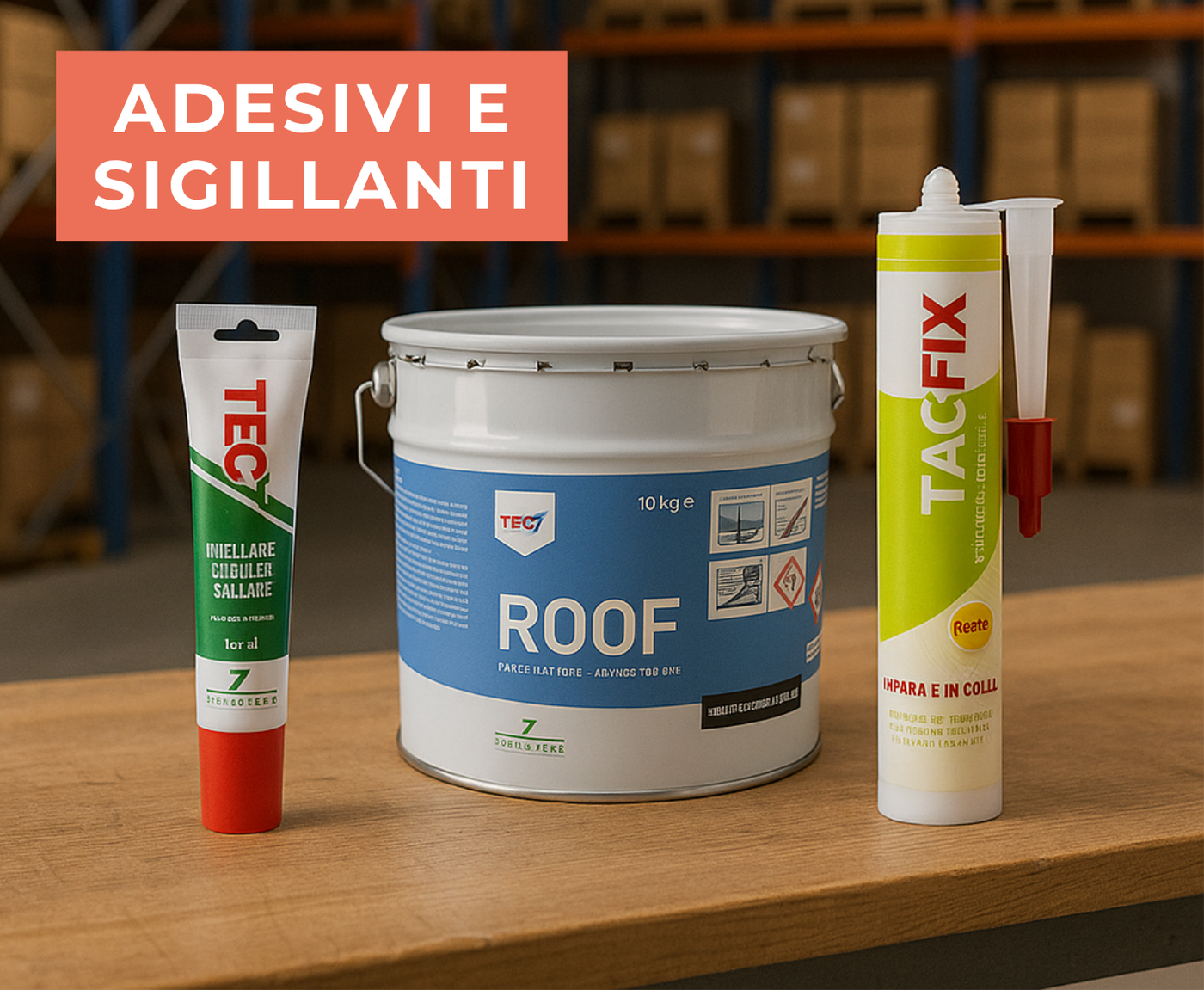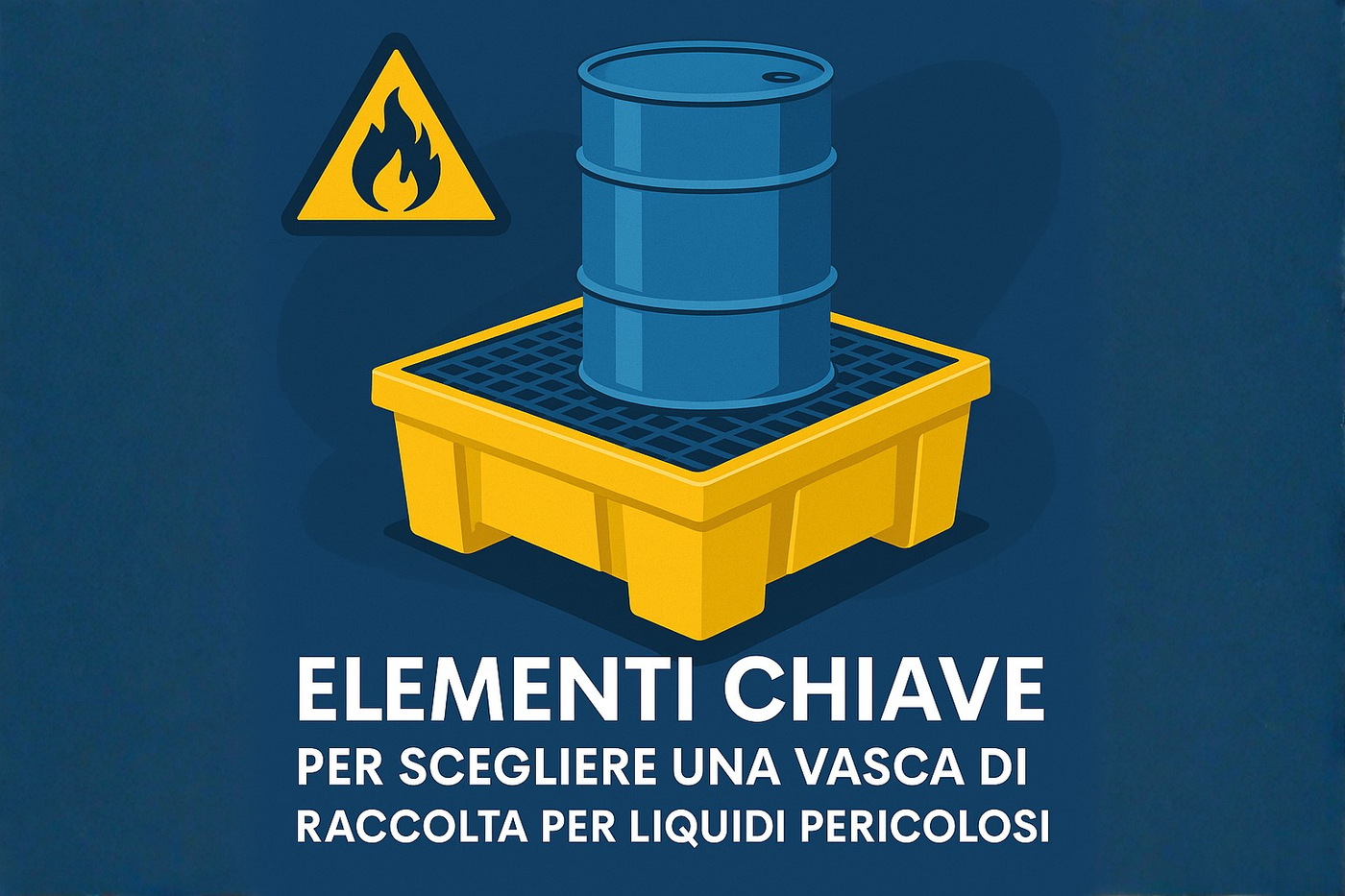The forklift is an essential element in many companies operating in logistics, manufacturing and large-scale distribution. Relying on an efficient vehicle guarantees safety, productivity and savings on operating costs. However, like any industrial equipment, forklifts also have a life cycle and must be replaced when they begin to show signs of wear and inefficiency.
Here are five key signs that it’s time to replace your forklift:
1. Age and operating hours
Forklifts are designed to last a long time, but heavy use affects their performance over time. Typically, a forklift in good condition can run for 10,000 hours or more , but beyond that point, maintenance can become increasingly expensive and frequent. If your forklift has accumulated a lot of hours of use and repairs are starting to take a toll on your budget, it may be worth investing in a new model.
2. Declining performance
A forklift that is losing power, having difficulty moving, or taking longer to complete tasks than it used to may be at an early stage of deterioration. These problems can be caused by worn components, the battery (in electric models), or a motor that is no longer performing optimally. If you notice a reduction in operating efficiency, it may be time to consider replacing it.
3. Security issues
Workplace safety should always be a priority. If your forklift has frequent safety system failures, recurring alarms, or worn components such as forks, chains, or tires, the risk of accidents increases. Investing in a new model with advanced safety technologies can improve operator protection and reduce the risk of damage to loads and company infrastructure.
4. Increase in operating costs
If your forklift is using more fuel or energy than usual and requires constant repairs, the total cost of ownership could exceed the value of the forklift itself. A new, efficient model can help you reduce operating costs through lower energy consumption and less costly maintenance.
5. Technological evolution and new needs
In recent years, forklift technology has improved dramatically. Newer models offer longer battery life, advanced safety systems, digital interfaces for fleet management, and improved operator ergonomics. Additionally, if your company has changed its logistics needs, you may need a forklift with different load capacities or features to improve productivity.

What to do if you recognize these signs?
If your forklift is exhibiting one or more of these symptoms, it’s time to consider a replacement. Here are some steps to take:
-
Perform regular checks : A periodic inspection helps identify problems before they become critical.
-
Analyze maintenance costs : Compare repair costs to the cost of a new truck.
-
Explore available options : Compare new and used models, evaluating the features best suited to your needs.
-
Consider green solutions : Electric forklifts are more sustainable, quieter and reduce emissions.
Investing in a new forklift can make a difference in efficiency and safety. Carefully evaluate the options available to ensure maximum returns for your business.




